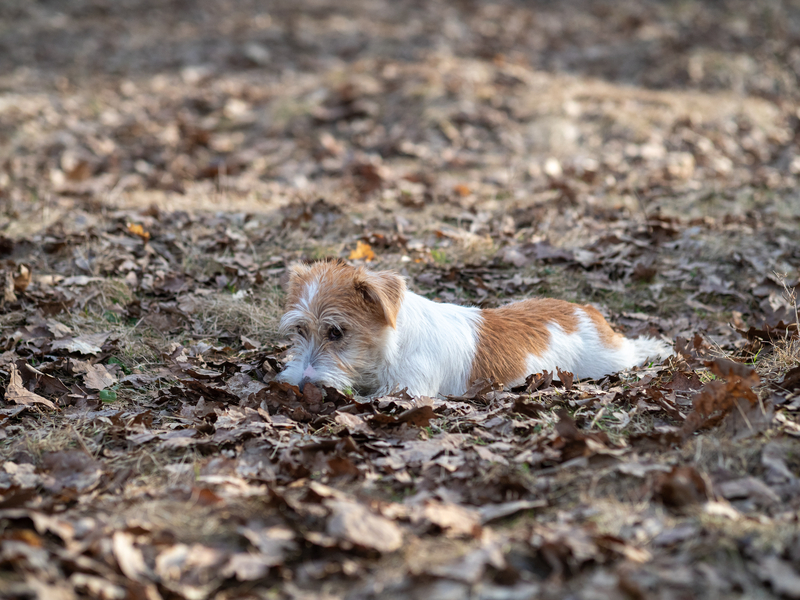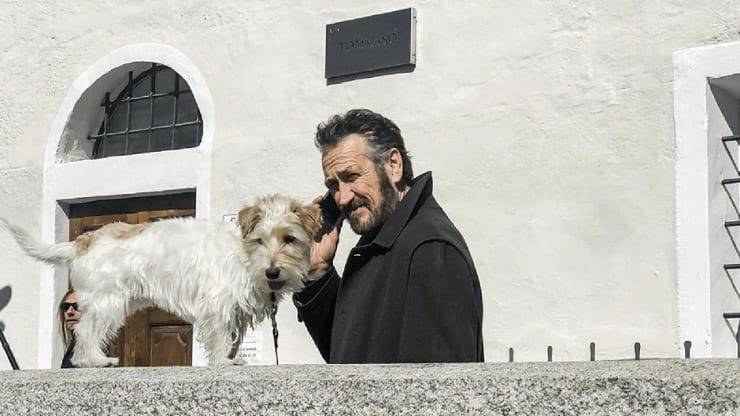
Trigger statement ahead: The United States doesn’t have Jack Russell Terriers anymore.
Provocative, right? And a little misleading.
We’re going to quiz you in a bit, and to help you out, we need to give you a little history.
Back in the day in the late 90s, the AKC considered recognizing the Jack Russell Terrier, a consideration that was opposed by the Jack Russell Terrier Club of America which was keen to retain the breed’s working characteristics.
This resulted in the formation of the Jack Russell Terrier Breeders Association. The original Jack Russell Terrier Club of America, you see, considered the Jack to be purely a hunting dog, but the Jack Russell Terrier Association of America seemingly wanted more options.
In 2001, the AKC voted to accepted the Jack Russell Terrier, but the breed’s name was changed from the Jack Russell Terrier to the Parson Russell Terrier (the association followed suit).
As an aside, the United Kennel Club, the FCI, the Australian National Kennel Council, and the New Zealand Kennel Club are some of kennel associations that register both the Jack Russell terrier and the Parson Russell Terrier, but there are size differences that might make a Jack Russell Terrier considered a Russell terrier in the United States. It gets a bit more complicated when one considers that the Russell Terrier, a shorter version of the Jack Russell Terrier, is also considered by many to be part of the Reverend John Russell family, though all three are considered to be different breeds. If you’re wondering how to tell them apart, both the Russell and JRT have rectangular bodies while the Parson Terrier is square, and a mnemonic device to help you remember the difference is that a parson preaches in a square church.
It’s a long preamble to get to where we’re going. Bear with us.
The AKC Standard for the Parson Russell Terrier allows for a smooth and also a broken coat (which is to say a short haired coat, as well as one that is rough or wire-haired, coarse and bristly). The AKC standard also allows for a Russell Terrier to have a smooth, broken or rough coat. In the United Kennel Club standard for the Jack Russell Terrier, three coats are allowed, all of them dense, hard, and weather resistant. They are a rough coat, a broken coat (an intermediate coat between a rough and smooth coat) and a short, flat coat called a smooth.
We’ve brought you along this far to help you determine the breed of the dog in the photo below. If you are fans of the Italian TV series, Rocco Schiavone, you recognize the title character’s dog, “Lupa.”
In the series, Lupa is a stray dog that hard-bitten detective superintendent, Rocco, had taken in. In addition to a bit of comic relief, Lupa reveals Rocca’s soft side.
And a bit of a mystery.

(Foto Ig @massimoperlaofficial)

Actor, Marco Giallini, who plays Rocco; photo by Lorenzo De Leonardis2 is shared under the Creative Commons Attribution-Share Alike 4.0 license.
Why the mystery? Judging from online forums in which fans of the Italian crime drama discuss different episodes, Lupa’s ancestry is a question mark. The character of Rocco has told everyone that she is a “rare Saint-Rhémy-en-Ardennes,” but this is an utter fabrication as no such thing exists.
Lupa, however, is a purebred breed, and we know this because we went straight to Massimo Perla, a famous Italian dog trainer and Lupa’s trainer, to ask, “What is Lupa?”
Lupa, who is actually a four year old dog named “Seven, is a Wire-haired Jack Russell Terrier.
Is that what you guessed?
As another aside, Arthur Blake Heinemann founded the Devon and Somerset Badger Club in 1984 which created the first breed standard for Wire Hair Jack Russell Terriers. The club was eventually renamed the Parson Jack Russell Terrier Club.
Top photo of a Wire-haired Jack Russell Terrier puppy by © Alexander Pytskiy|Dreamstime

I can assure you that Jack Russell terriers do indeed exist in the USA. The Jack Russell Terrier Club of America has not disappeared. The terriers the recognize have a broader standard, encompassing terriers from 10-15″ at the shoulder.
When the AKC accepted the little white dogs, the standard was split in the middle, making the Parson the taller terrier and the shorter half of the population was called the Russell.
It gets a bit complicated, as everyone else in the world thinks the shorter ones need to be called Jack Russells.
And the UKC keeps changing it’s mind about what to call any of them.